When you think of wall paneling, are you shuddering thinking of times that have come and gone? Don't fret too much. Paneling has come back into vogue, but this time with a modern approach. Gone are the days of dark, dreary, laminate-covered sheets of plywood. When used well, modern wood paneling can help add a unique decorative flair to your home.

Wall paneling is a great way to enhance the aesthetic of your home and provide much-needed insulation. If you're looking to spruce up your home's interior with paneling, there are 7 main types to consider:
- Shiplap
- Board and batten
- Plank wall
- Tongue and groove
- Flat panels
- Beadboard
- Raised panels
You probably have more questions about these different kinds of wall paneling, and we intend to answer them in this post. Keep reading for a more in-depth look at the different kinds of wall paneling.
Types Of Wall Paneling
Here we'll talk about each type of paneling in more detail, including their pros, cons, and typical price range.
Shiplap
If you've been paying attention to modern design trends, you'll know that shiplap is all the rage. This style of paneling features horizontally-running grooved boards that are positioned tightly together to form a weatherproof seal (shiplap used to be primarily used for home exteriors). The place where the boards meet is called a "rabbet".
Did you know that shiplap also used to be a base layer that was never meant to be seen? This unmistakable design feature sure has come a long way from its humble origin.
Shiplap is a wonderful design piece that may be just what you wanted. It offers clean, crisp lines to the room with plenty of visual interest. This type of wall paneling can also withstand much more abuse compared to mere drywall. Thus, it's a reasonable choice for the homeowner that wants decorative yet rugged walls.
Unfortunately, because of the grooves, shiplap is difficult to clean and keep clean. It will take a little more time and effort to keep up with the cleaning. So if there's a lot of shiplap covering the walls, you're in for quite the chore. Also, ensure that you install your shiplap correctly to prevent it from warping or rotting over time.
When using real wood, shiplap costs between $2.50 and $7.00 per square foot.

We may include affiliate links and curated AI content to highlight top design styles.
Board And Batten
Instantly add some intriguing 3-dimensional texture into your home with the installation of board and batten wall paneling. Though originally used as exterior siding on a house, the style has found its way into the home.
The word "batten" refers to the piece of molding that's placed over the joint between the board. It adds a touch of sophistication to any room. As with all wall paneling, find freedom in painting these pieces whatever color you desire. Go bold or keep it fresh in white tones.
If you keep up with the maintenance of your board and batten, it will last for years to come. It's a rather low-maintenance piece if you treat it well. One downside of having board and batten is the cost. It's one of the more expensive options due to the amount of material and precision required.
Cost will depend on the type of material used for the paneling. Board and batten paneling is most commonly crafted from either wood or vinyl. Vinyl is the cheaper option of the two and you can even find some that mimic the look of wood very well. Depending on the material, the cost ranges between $.75 and $9 per square foot of material.
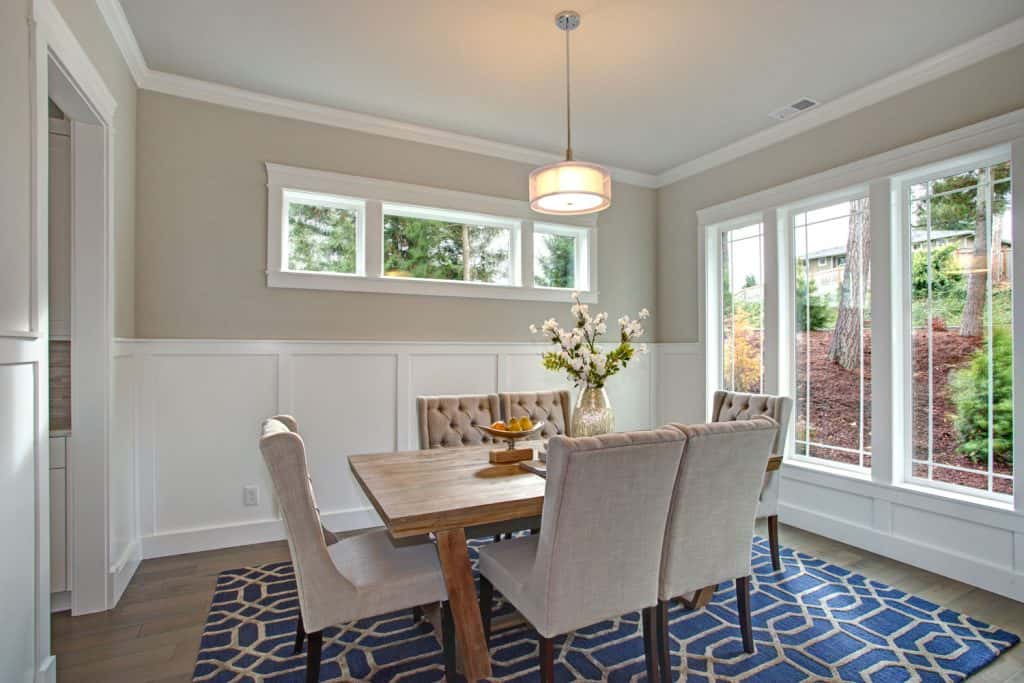
Plank Wall
With wooden planks, you can easily create a texture-rich, aesthetically-pleasing space. Use reclaimed wood, new wood, or even wood that's been made to look vintage. Install the planks horizontally, vertically, or even in another type of pattern like herringbone or diagonal. The great thing is, it's all up to you! Planks are available in varying sizes.
The overall feel of the space will be determined by the type of wood, finish and color put on it, and the pattern in which it's laid out. This type of wall paneling looks great in any style of home.
The cost of the planks depends on the type of wood you use and the area you wish to cover. If you're lucky enough to salvage planks, you'll be in the green. MDF will be cheaper than solid wood as well. Purchasing sheets of wood and having them cut (or cut them yourself) reduces cost.
Rustic, Reclaimed Barn Wood
Click here to see more on Amazon.
Tongue And Groove
Though similar to shiplap in appearance, tongue and groove wall panelings connect differently. Unlike the rabbet joints of shiplap, this style of paneling requires a "tongue" and "groove" connection. That means that the panels fit snugly together in this design. The biggest difference you'll notice between the two is their pre-installation appearance.
The tongue and groove connection has long been used in woodworking and is an excellent way to keep the wood panels held tightly together. The look is clean and cohesive. Tongue and groove is an excellent way to keep dirt and dust out. A downside of using tongue and groove wall paneling is the time required for installation. Since each piece has to get snugly put in place, the installation process could be lengthy.
These types of wall paneling cost between $2.00 and $3.00 per square foot.
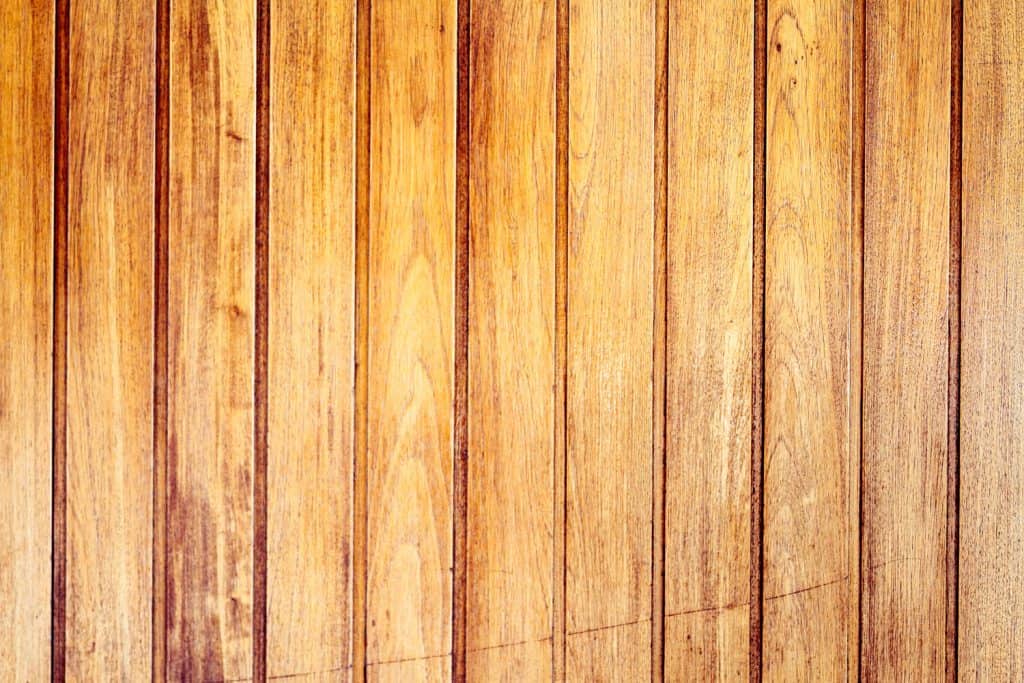
Shiplap Pine Board
Click here to see more on Amazon.
Flat Panels
Flat panels produce very clean lines and an unmistakable polished look. The flat panel style originated in the 19th century and has grown in popularity over the years. It's a simpler approach to the more formal looks of raised panels. Keep things simple yet interesting with the use of flat panels.
As always, pick the height you wish for this paneling. Common choices are chair-rail height (28 to 32 inches), three-quarters of the way up the wall, and whole wall. The texture of the flat panels wonderfully complements the elements found in the room.
The cost of flat panels ranges between $7 and $10 per square foot.
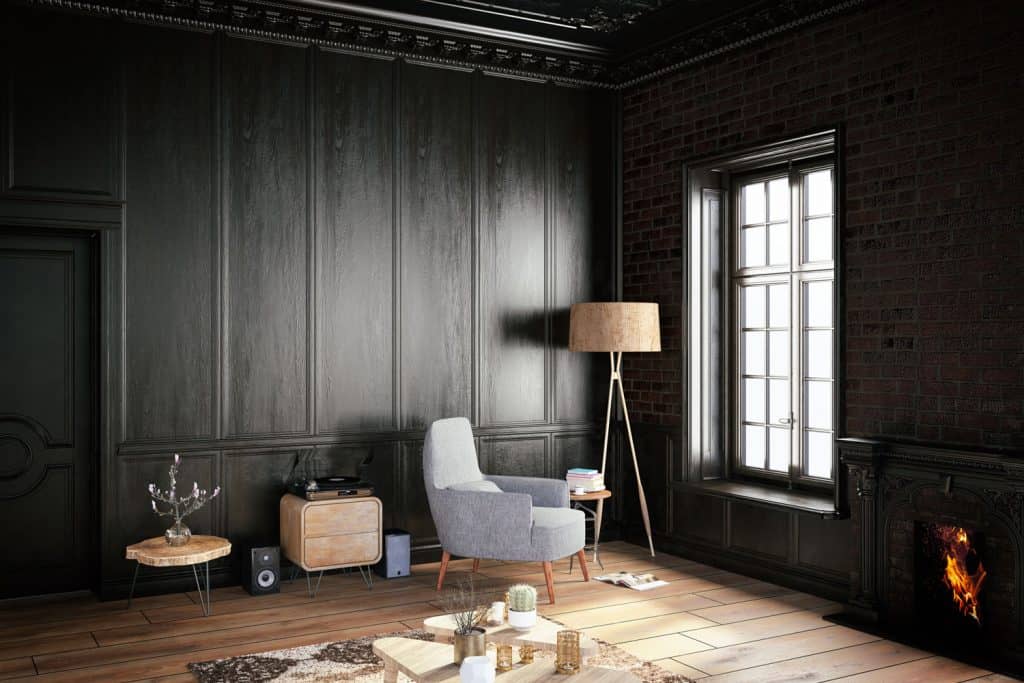
Beadboard
This decorative style of wood paneling features evenly spaced grooves along the paneling. Apply the paneling the full height of the wall or partially, depending on the look you wish to achieve. The typical width between each groove (the flat part of the panel) is 1.5 inches or 3 inches. However, you can have a custom width made if you desire.
There are two types of beadboard: tongue-in-groove and sheets. Tongue-in-groove requires much more time and effort, considering you have to individually install each board. Sheet beadboards come in 4 or 8-foot lengths. For additional personality touches, you can paint the boards a different color than the standard white.
Beadboard provides a traditional, classy look to any room. It pairs well with nearly any type of material used in the room's design. One thing to be mindful of when using beadboard is the cleaning process. Since the panels have grooves in them, it can be more susceptible to trapping dirt.
The cost of beadboard will vary depending on the quality of the wood and the amount required for the area. For example, real wood will cost more than MDF (medium density fiberboard). Real wood will cost around $1 per square foot while MDF will cost between $.50 and $.75 per square foot.
https://www.instagram.com/p/B9CJUm6lGHs/?utm_source=ig_embed&utm_campaign=loading
Raised Panels
Popularized by royal families a couple of centuries ago, raised panels have stayed in style over the years. The look features 3-dimensional pieces: beveled wood panels elevated over their adjoined horizontal and vertical rails. The six parts that make up this style of panel include the cap molding, cove molding, top rail, stile, raised panel, and bottom rail.
The look created from this type of paneling is classic and eye-catching. A notable thing about the panels is that they're beveled. You may even conjure up an image of the interior style of houses set in the colonial era.
The cost of raised panels ranges between $10 and $30 per square foot.
How Do You Put Wood Paneling On A Wall?
It can often be easier to paint or stain the panels prior to putting them on the wall. Then, you can easily touch up any spots that need it.
There are a few different options when it comes to actually putting wood paneling on a wall. Depending on the weight of the material, you can either nail or glue (wood glue and/or caulk) the paneling to the wall.
For a video walkthrough of the installation process, check out this guide from Home Depot.
What Height Should Wall Paneling Be?
Put quite simply, it's completely up to you. The height of wall paneling changes the look of the room, so it simply depends on the look you want to create. The best guidance we can give is this: keep proportions in mind! You don't want to mistakenly dwarf room elements or make it appear like the room is lacking.
When in doubt, a good rule of thumb is to make the paneling either be one- or two-thirds of the height of the wall (chair-rail height) or to span the entire height of the wall. But, ultimately, the choice is yours.
Is Wood Paneling Cheaper Than Drywall?
Ultimately, the cost difference between these two materials comes down to style, time, and money.
Wood paneling generally costs upwards of $5 per square foot. You can use this calculator to get a better idea of how much wood panel installation will cost you. It provides an accurate estimate based on your location.
Drywall on the other hand only costs around $1.50 per square foot to install. But like always, these prices can vary depending on the different factors of your particular project.
However, it has become commonplace to install wood paneling over drywall anyway. So you'll likely end up paying for both materials.
Is Wall Paneling Outdated?
Nope! Well, there are a few caveats to that answer.
Though wall paneling as a whole isn't outdated, certain types and colors of it are. If any home has been paneled with dark plywood panels, it's time to fix that up! Even though that's a style from the past, it can be given a modern look with some sanding and light paint or stain.
Modern wall paneling is fresh, adds character and texture, and leaves a good lasting impression. Express yourself with your home's design and have fun while doing so!
In Closing
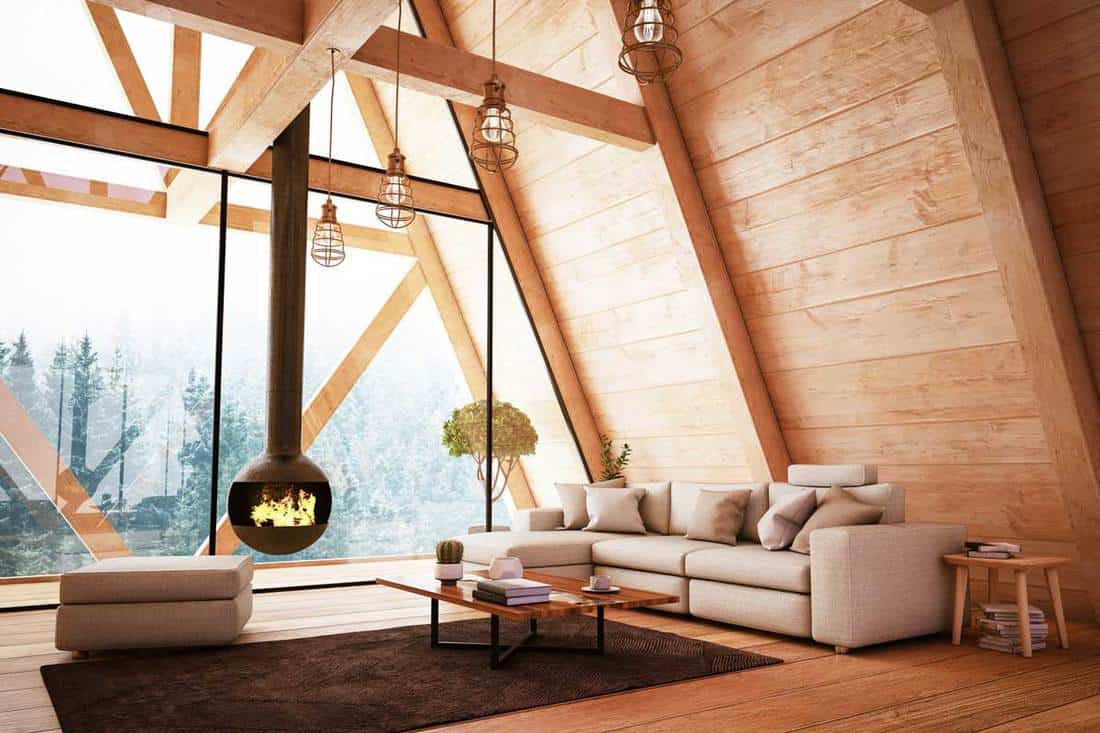
Wood paneling has long been used to decorate interior walls. Despite its long history, if used well, wood paneling can make any home look great. We hope this guide has helped you better understand the different kinds of wood paneling and their respective pros and cons.
Before you go, make sure to check out these other posts -
How Thick Is Wall Paneling? [6 Types Analyzed]
3D Wallpaper That Will Look Great In Any Room
FAQs
What do you call wall planks?
Wall planks are also known as wall boards, panels, or tongue and groove boards.
What is wood halfway up the wall called?
Wood halfway up a wall is often referred to as wainscoting.
What is the difference between molding and wainscoting?
Molding is a decorative element often used to accentuate the architecture of a room. At the same time, wainscoting is a type of wall paneling that is used to cover the lower portion of a wall, usually up to a height of 3 feet. Molding is traditionally made from wood but can also be made from plaster or other materials. Wainscoting is usually made from wood or wood-like material.
What is wooden paneling on the wall?
Wooden paneling on walls is a type of wall covering made of thin wood panels, usually in a decorative pattern. It is commonly used in the interior of homes, often as an alternative to wallpaper or paint. It can provide an attractive and classic look, adding a layer of insulation to a room.



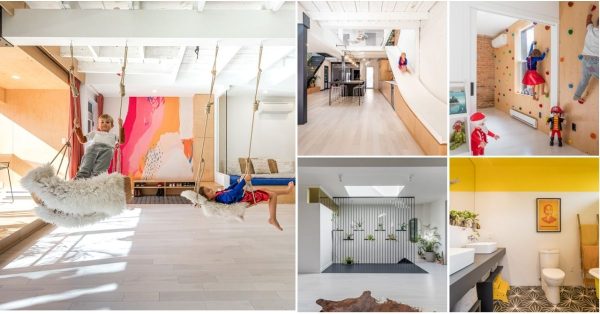
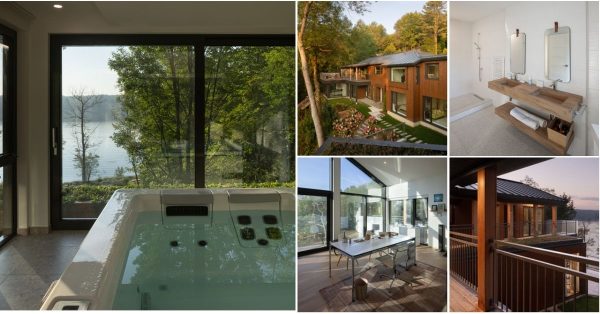

Plank wall will definitely great for my wall in bedroom. The ideas are great also.